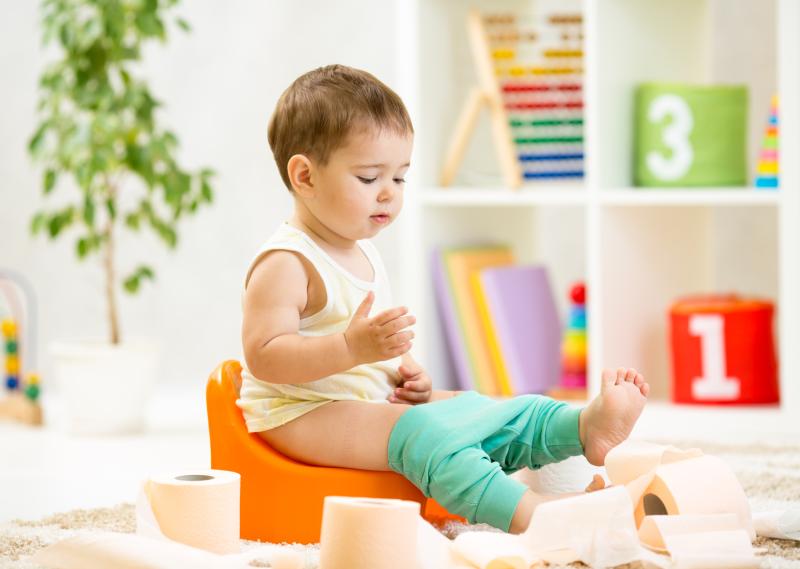
A late afternoon spot urine sample may be used to estimate the 24-hour urine concentration in free-living healthy children, a recent study has shown.
The study included 541 children (aged 3–13 years; 45 percent girls) from whom urine samples were collected during six time windows over 24 hours: morning, early afternoon, late afternoon, evening, overnight, and first morning.
The average 24-hour urine osmolality was 706 mmol kg-1, while the mean urine osmolality values at the corresponding time windows were 766, 753, 757, 784, 729, and 800 mmol kg-1. In general, osmolality measured at each time window was higher than the 24-hour average.
Notably, the late afternoon urine spot, collected between 16:00 and 19:59, was found to be statistically equivalent to the 24-hour average, based on an 80-mmol kg-1 bound. No such relationship was documented for the other time windows.
Receiver operating characteristic curve analysis showed that the late-afternoon spot urine osmolality was able to reliably identify elevations in the 24-hour average above 800 mmol kg-1. The resulting area under the curve (AUC) was 87.4 percent, with sensitivity and specificity values of 72.6 percent and 90.5 percent, respectively.
Late-afternoon spot urine osmolality was similarly powered to detect spikes in 24-hour measures above 500 mmol kg-1 (AUC: 83.5 percent, sensitivity: 70.5 percent, specificity: 80.0 percent).
“An afternoon spot sample may reduce the burden of urine collection on children—especially younger ones for whom a 24-h collection may be more difficult—and increase the likelihood of routine hydration assessment in children,” researchers said.